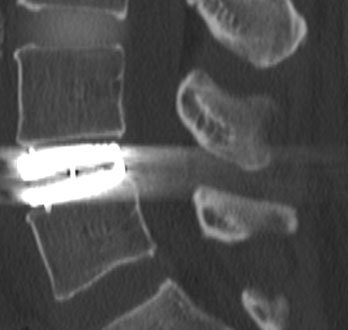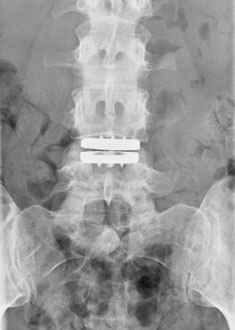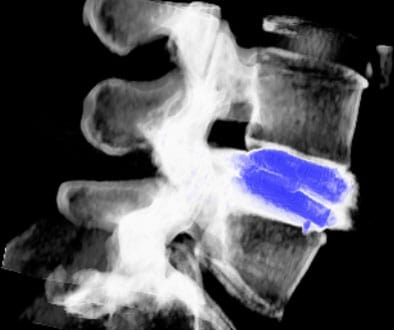During disc prosthesis surgery, the affected disc is replaced by a flexible synthetic disc prosthesis between titan mountings. This disc prosthesis is fixed between the vertebraeso that normal flexibility of the adjoining vertebrae remains.
Indication ADR Artificial disc replacement / disc prosthesis surgery
A good indication for the implantation of a disc prosthesis in cervical spine is the existence of a single slipped disc or wear in only one segment. An artificial disc replacement (ADR) in lumbar spine is recommended if there is no slipped disc but a painful and loadable disc, and if neither an abrasion nor a stiffening is primarily useful. If back pain remains after disc surgery, a disc prosthesis can be appropriate, too.





